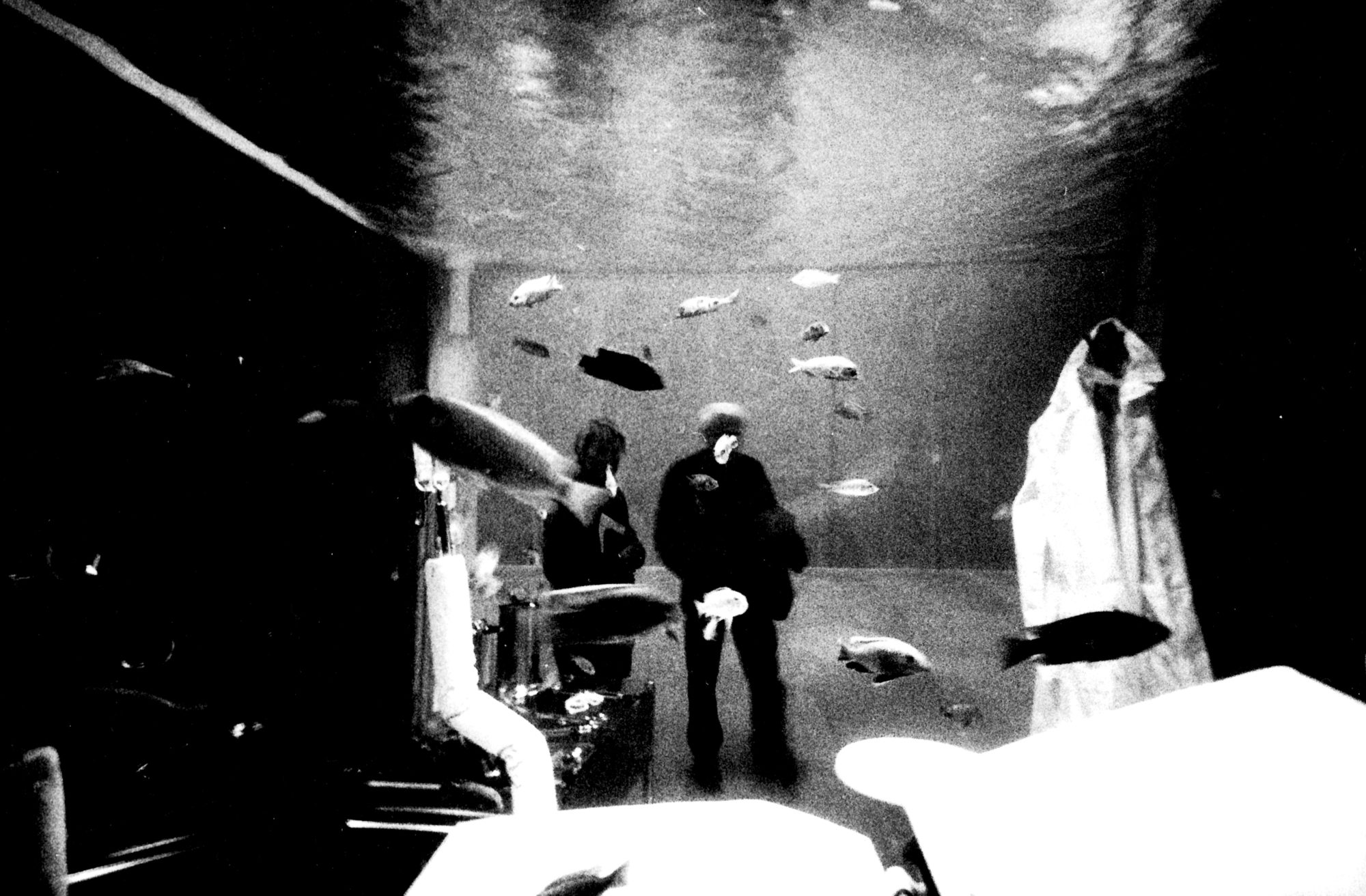I recently bought the ImpossibleProject I-1 camera, the company’s attempt to provide an instant camera updated to 2010s’ technology: a Bluetooth-connected app can give access to manual controls over an otherwise extremely simple and fully automated handheld camera.
Although having some minor technical issue – it doesn’t expel the black cover, so I have to remove it myself – I am genuinely loving this camera. Such issue is restricted only to my camera, and the customer support has proven kind and available at all times.
UPDATE (July 13th 2016) The customer support had me send the camera back and immediately sent a new one. As expected, they are extremely keen and competent.
The manual removal of the black cover resulted in pre-exposed pictures that still managed to come out fine. Consider that I never had experiences with instant film before. It probably seemed something interesting, but not yet needed to my attempts to communicate myself through photography. Until it fascinated me.
Following a first colour cartridge, I quickly had to move to only shooting B&W – as usual, for me – to get the kind of results I enjoy: I do not enjoy how colours can be rendered into positive-resulting films, but monochrome proves more effective in delivering the powerful, contrasty images I look for.

The above images are clearly edited – meaning that I scanned them and pushed the histogram to get full blacks – but they aren’t that far from real: being careful to let the film rest and develop for the whole 10min (or else for other films), the images end up being well resolved. The tidier nature of monochrome film and it’s shorter developing time makes it my current go-to-choice in instant photography.

Some other images were too dark – mostly colour ones, although few B&W shots were underexposed as well – but I guess that’s up to my complete ineptitude with the medium and its limits. The camera itself, when used in good light-conditions, never failed to be both trustworthy and manageable.
Me and a friend also tried some expired films on a Polaroid 630 she had to test. The I-1 doesn’t fall back when compared to its 1990s equivalent: they both do their work, one just gives the chance to have more control if wanted.
As my current one has the above mentioned issue and will have to be sent back, I will probably get a new, completely operating one within few weeks. I am looking forward to shooting instant film during this summer, as I will be following my theatre company’s tournèe – I Birbanti, working as a technician and documenting our trip.
_
FURTHER UPDATE (September 23rd 2016)
I had two more months to try the camera and now believe it is truly amazing.

I had no issue with the replacement ImpossibleProject sent me. It worked fine and accompanied me to Elba for the theatre tournèe. I documented some of the backstage moments of the actors and troupe. Although I still cannot nail of the pictures I try to take in manual mode in badly-lit situations, it is a blessing to be able to do so.

Most bits of the software is useful. A recent update (ver. 1.1) of the remote app now allows to navigate through the shot log and to take double exposures also in manual mode. I have never been really fond of double exposures – probably due to control-issues – but had fine trying both overlaps and multiple figures.

I believe this is what instant film is about: experimentation. My friend has been shooting expired film on her Polaroid 630 and I had a chance to try shooting few pre-sale batches of Red Duochrome film (now on sale).
I still have not developed any consistent work with instant film and might never – although hoping to – but the kick it gave me into experimenting more is something I did not expect from a medium that is usually wrongly supposed to only provide enjoyment.



